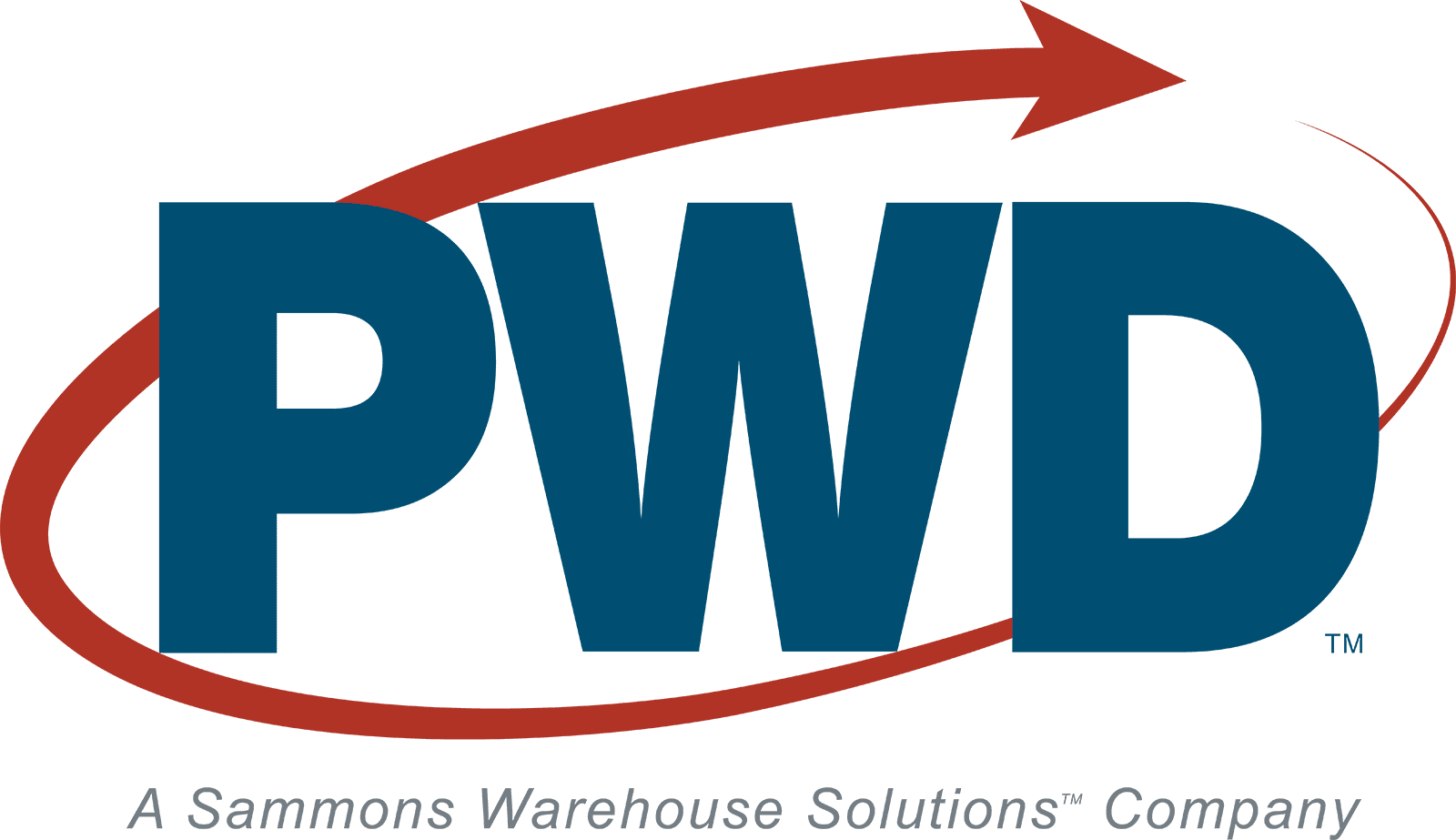Dallas Conveyor Systems
Precision Warehouse Design has over 85 years combined experience designing and installing warehouse conveyor systems. We have worked on over 3500+ projects ranging from multi-million dollar industrial conveyor sortation systems to small warehouse shelving. Our clients include Amazon, UPS, Woot, The Container Store, Siemens, Michael’s, FedEX and many more.
Types of Conveyor Systems:
- Accumulation Conveyor
- Belt Driven Line Roller
- Chain Driven Live Roller
- Conveyor
- Belt Conveyor
- Extendible Conveyor
- Flexible Conveyor
- Gravity Roller Conveyor
- Gravity Skate Wheel
- Line Shaft Roller
- Overhead Conveyor
- Pallet Handling
- Powered Roller
- Screw Conveyor
- Sortation Conveyor
- Spiral Conveyor
- Table Top Conveyor
- Tire Handling Conveyor
- Troughing Conveyor
- Wire Mesh
- Zero Pressure
- Accumulation Conveyors
Inquiry form
Dallas Texas New Conveyor Systems Sales & Accessories:
Conveyor systems are commonly used in many industries, ranging from automotive, agricultural, computer, electronic, food processing, aerospace, pharmaceutical, chemical, bottling and canning, print finishing and packaging. It is important to consult with an expert to learn the best type of conveyor system for your need and budget.
Some important things to consider are the required conveyor operations, such as transportation, accumulation and sorting, the material sizes, weights and shapes and where the loading and pickup points need to be. At Precision Warehouse Design we are experts in material handling and can help you to decide which conveyor system is right for your operation. Contact a Dallas Texas conveyor system sales representative today 972-704-2120 to get a quote on a custom conveyor system.
FastTrak Conveyor Systems Design & Configuration:
FastTrak is a special service for facility managers who need quick, accurate and decisive information concerning Dallas conveyor design, space planning, equipment, re-arrangement and relocation of their operations.
Dallas Conveyor Systems Installation:
PWD offers Dallas conveyor systems sales, delivery and industrial conveyor systems installation services at competitive prices. Consult a PWD representative to get a quote on conveyor systems installation services.
Call 972-704-2120 For a FREE Estimate

